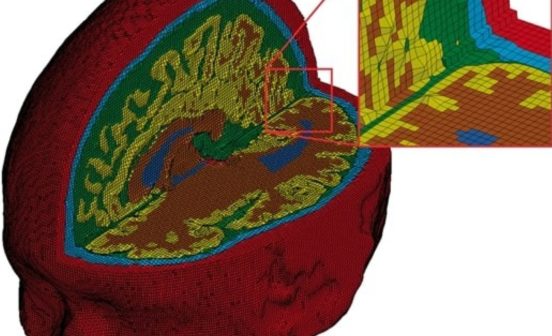Diagnostic The pathology of Alzheimer’s disease

Alzheimer’s Disease is a type of dementia that causes problems with memory, thinking and behaviour. There are over 850,000 people in the UK with dementia and it presents a growing burden to healthcare systems. Research in the Imperial BRC has led to a dramatic improvement in clinical service by allowing the rapid diagnosis of dementia. Until recently the pathology of Alzheimer’s disease could only be detected at autopsy or by brain biopsy. Our research has led in evaluating amyloid Positron Emission Tomography (PET) scans for the diagnosis of dementia and for monitoring efficacy of novel treatments (a PET scan is an imaging technique that is used to observe functional metabolic processes in the body).
Early work by Professor David Brooks and co-workers, beginning with 11C-PIB-PET imaging, showed that Alzheimer’s pathology could be detected in elderly patients with isolated memory problems with the majority of PET-positive patients progressing to dementia. Subsequently 18F-PIB was developed. This work has evolved into technologies that are now being used routinely in cases of suspected Alzheimer’s disease within Imperial College Healthcare NHS Trust (ICHT). Imperial is the leading site for the use of the first licensed amyloid tracer, florbetapir.





